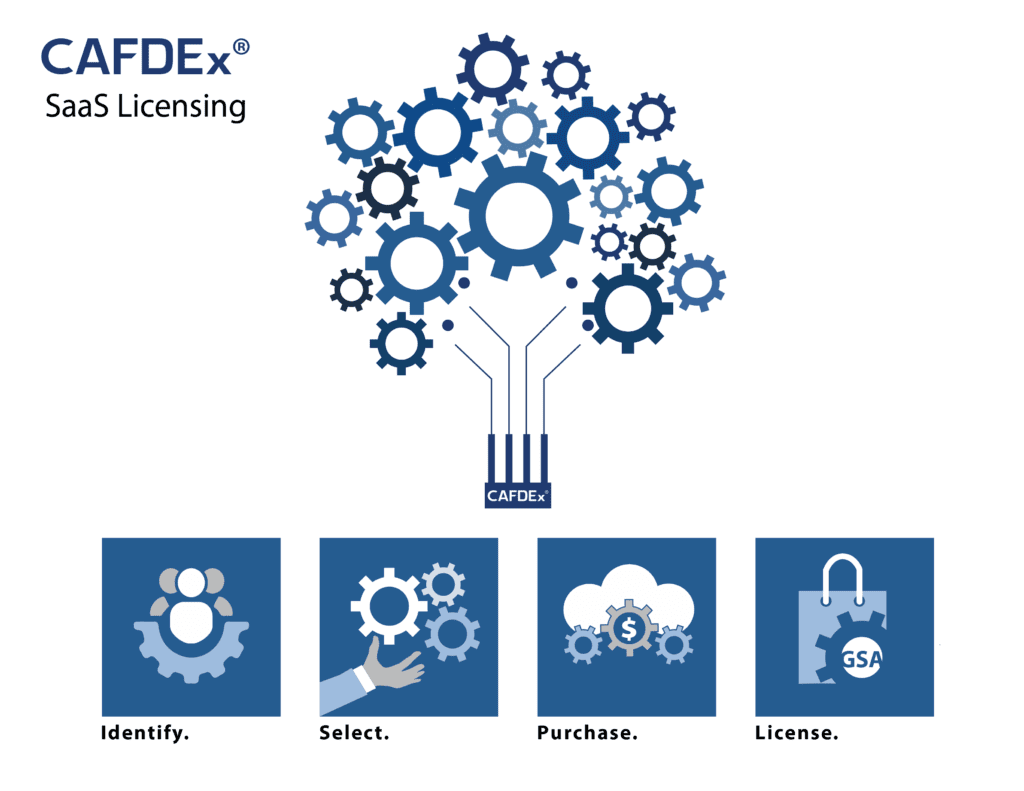
I have spent most of my career in the software shops of several Fortune 500 companies. One thing that I have found is that software people like to build software. Many of the ‘geeks’ (aka software engineers) that I have worked with see the world as a string of problems that can be solved via complex algorithms. Leadership also is glamorized by the idea of owning its own software. “It is easy to build” the developers say. “Buying software is so expensive,” management says. And my favorite “You can do your OWN thing. You do not need to do it the way they tell you to do it.” Well, that may be true for some solutions, but before you commit your software budget to building your next software package, consider these concepts.
TIME TO IMPLEMENT
One of the main advantages of Commercially Available software is that it is already developed. It takes a long time to get software from idea to device. While agile development may reduce the time to get pieces of the software to the device, the time frame to fully work from idea to user story to tested software to full adoption is still significant, especially for complex or unique processes. In addition to development costs, there will be opportunity costs associated with either limping along with the old software or even worse, using spreadsheets. A business is a business and the ‘work’ still needs to get done. Home grown efforts are not reducing costs when those efforts result in passing significant workload back to those that need to fill the gaps. Furthermore, there can be significant impacts to the organization that is ‘waiting’ for the internally developed solution. In addition to efficiency impacts, there are other challenges including clerical errors, multiple versions of the truth, timing challenges, and so on. Unfortunately, the bow wave impacts can be long lasting and affect the bottom line of an organization long into the future.

RELIABILITY
Commercial software is tested by a team of experts, meaning that it is more likely to be reliable and stable than custom software. Furthermore, commercially available software is updated frequently to fix bugs and add new features, which means that it can evolve and adapt to changing business needs more easily than custom software. Home grown solutions, especially those built from the ground up, will inevitably have a period when bugs, usability issues are shaken out and gaps in the software solution are identified. In fact, the software solution may be close to obsolete upon release if there is no commitment from the organization to keep the software maintained or synchronized with process changes.
VALUE
Another advantage of commercially developed software is that it is much less expensive than custom software. Because it is already developed and widely available, the cost of development and testing is spread out among many customers, which helps to keep the cost down. Additionally, commercially available software often comes with a variety of pricing options, such as per-feature pricing, which can make it more affordable by allowing the customer to ‘buy what they need.”
ROBUST
Commercial software also often has a wider range of features and functionality than custom software. Because it is developed by a team of experts with a wide range of experience, commercial software is often more robust and feature-rich than custom software. This means that businesses can take advantage of a wide range of tools and functionality that would be difficult and expensive to replicate with custom software.

TAILORING SOFTWARE SOLUTIONS
Software services have matured significantly over the past decade. Ten years ago, there were limited SaaS offerings, most of which were lightweight (albeit affordable for small businesses) and rigid (“based on best practices!”). Underlying technology continues to improve and market competition drives innovation; organizations can yield the benefits with more products tailored to meet their unique needs. Tailoring services can range from customized reports to uniquely branded systems to organization-specific workflows, unique customer data structures and ability to manage business rules.
KEEPING CURRENT
Keeping up with the evolving technical and cyber challenges is hard. Making sure your software stays in step with your business can be even harder as the business climate is dynamic. A key differentiator of commercial solutions is the reinvestment into the product. Vendors who offer commercial solutions make their livelihood by keeping solutions current. If the software is not maintained, the organization selling the software will have bottom line impacts through lost revenue. “Close enough” is not always good enough in software delivery for commercially offered products; meeting the mark is a necessity and vendors are incented to do what it takes to get the job done to meet the customer’s needs.

COMPATIBILITY AND INTEGRATION
Another advantage of commercial software is that it is often more compatible with other systems and software than custom software. Because of its wide use and the technical expertise of the developers, integration and compatibility is built in for both in-bound and out-bound data services. Besides not managing costs while ‘swivel chair’ actions between systems are reduced, it also reduces integration costs.
SUBJECT MATTER EXPERIENCE
Finally, commercial software is often backed by a large community of users and developers, which can provide valuable resources and support. Support may range from detailed documentation on how to use the software to help desk services to infusion of subject matter expertise into the software. This level of service will be relevant based on the needs of your organization. One of the entities that our company currently works with has more than 40% attrition per year. Continuity of knowledge in the organization is enabled through software solutions that deliver full process support.

Why DIY When You Can Buy?
Bottom line, when considering a make vs buy decision for software solutions, there are many factors to consider beyond the bottom-line cost. When you hear “It is easy to build,” remember that software development has a long lead time to mature product delivery. If you hear “buying software is so expensive,” Software subscriptions are a viable alternative. And before you buy into “You can do your OWN thing,” remember, software packages are highly tailorable to meet your unique needs.
